Introduction
In today’s fast-paced world, fitness is no longer just an option—it’s a necessity. Whether you’re looking to build muscle, lose weight, or simply stay active, hitting the gym can be a game-changer. But fitness isn’t just about lifting weights; it’s a combination of exercise, proper nutrition, and mental discipline. This guide will walk you through everything you need to know about gym workouts, fitness routines, and healthy habits to help you achieve your dream physique and optimal health.
1. Why Fitness Matters
Fitness plays a crucial role in our overall well-being. Here’s why staying active is essential:
- Boosts Mental Health: Exercise releases endorphins, which reduce stress and improve mood.
- Enhances Physical Strength: Regular workouts build muscle, improve bone density, and increase endurance.
- Prevents Diseases: Staying active reduces the risk of heart disease, diabetes, and obesity.
- Improves Sleep Quality: A well-structured fitness routine can help regulate your sleep patterns.
- Boosts Confidence: Achieving fitness goals enhances self-esteem and mental resilience.
2. Understanding Gym Workouts
A. Strength Training
Strength training, also known as resistance training, focuses on building muscle and increasing strength. Some effective exercises include:
- Compound Exercises: Squats, deadlifts, bench press, and pull-ups work multiple muscle groups.
- Isolation Exercises: Bicep curls, tricep extensions, and leg curls target specific muscles.
- Progressive Overload: Gradually increase weight or reps to continuously challenge your muscles.
B. Cardiovascular Training
Cardio workouts improve heart health and burn calories. Popular cardio exercises include:
- Running & Jogging – Enhances stamina and burns fat.
- Cycling – Great for building leg strength and endurance.
- Jump Rope – A high-intensity workout that improves coordination and cardiovascular health.
- HIIT (High-Intensity Interval Training) – Short bursts of intense exercise followed by rest periods.
C. Flexibility & Mobility Training
Flexibility is often overlooked but is crucial for injury prevention and muscle recovery. Include:
- Yoga: Improves flexibility, balance, and mental relaxation.
- Dynamic Stretching: Pre-workout stretches to activate muscles.
- Static Stretching: Post-workout stretches to cool down and improve flexibility.
3. Designing Your Workout Plan
A well-balanced workout plan should include strength training, cardio, and flexibility exercises. Here’s a sample weekly routine:
- Monday: Upper body strength training (chest, shoulders, triceps)
- Tuesday: Cardio (HIIT or running) + core workout
- Wednesday: Lower body strength training (legs, glutes, calves)
- Thursday: Active recovery (yoga or light stretching)
- Friday: Full-body workout + endurance training
- Saturday: Outdoor activity (hiking, swimming, or sports)
- Sunday: Rest and recovery
4. Nutrition for Optimal Fitness
Exercise alone won’t give you results without proper nutrition. Here’s what you need to focus on:
A. Macronutrients
- Protein: Essential for muscle repair and growth. Sources include chicken, fish, eggs, tofu, and lentils.
- Carbohydrates: Provide energy for workouts. Opt for whole grains, fruits, and vegetables.
- Fats: Healthy fats support hormone production. Include avocados, nuts, and olive oil in your diet.
B. Hydration
Staying hydrated is key to performance and recovery. Aim for 2-3 liters of water daily, and increase intake during intense workouts.
C. Pre & Post-Workout Nutrition
- Pre-Workout: A balanced meal with carbs and protein 1-2 hours before exercise.
- Post-Workout: A protein-rich meal within 30-60 minutes to aid muscle recovery.
5. The Role of Recovery in Fitness
Recovery is as important as the workout itself. Here’s how to optimize it:
- Rest Days: Allow muscles to recover and grow.
- Sleep: Aim for 7-9 hours of quality sleep per night.
- Foam Rolling: Helps release muscle tightness and improves blood circulation.
- Massage Therapy: Aids in muscle relaxation and injury prevention.
6. Common Gym Mistakes to Avoid
- Skipping Warm-Up & Cool Down – Always prepare and relax your muscles before and after workouts.
- Lifting Too Heavy Too Soon – Focus on form before increasing weight.
- Overtraining – More isn’t always better; allow recovery time.
- Poor Nutrition – Fuel your body with the right foods.
- Ignoring Flexibility Training – Stretching is essential for mobility and injury prevention.
7. Staying Motivated on Your Fitness Journey
Staying consistent is the biggest challenge in fitness. Here’s how to stay motivated:
- Set Realistic Goals: Track progress with measurable milestones.
- Find a Workout Buddy: Helps with accountability and makes workouts fun.
- Listen to Music or Podcasts: Boosts energy and focus during workouts.
- Reward Yourself: Celebrate small victories to stay motivated.
- Mix Up Your Routine: Avoid boredom by trying new exercises and activities.
Conclusion
Embarking on a fitness journey requires dedication, patience, and the right knowledge. Whether you’re a beginner or an experienced gym-goer, understanding different workout methods, prioritizing nutrition, and allowing recovery time are key to achieving your goals. Stay consistent, push your limits, and most importantly, enjoy the process!
Are you ready to transform your fitness journey? Start today and take one step closer to a healthier, stronger you! 💪





